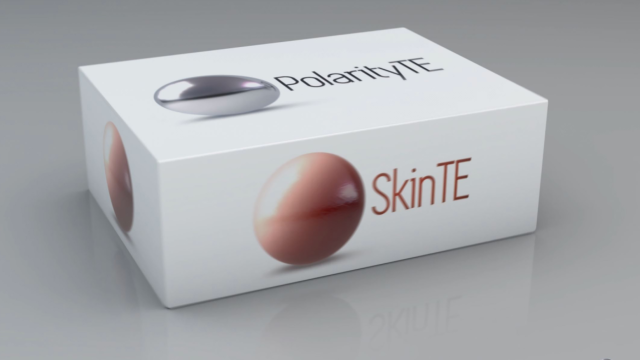A tiny Utah biotech firm is making waves in regenerative medicine. Last summer, it made headlines for successfully regenerating skin and stimulating hair growth in pigs with burns. Now, the company says its therapy is working on a badly burned 10-year-old boy<.>
The Salt Lake City Tribune reports that the firm, PolarityTE, is now testing its treatment at more than a dozen hospitals around the country. But, the paper reported, the company has only disclosed the name of one of those hospitals. And its therapy, called SkinTE, did not endure the rigour of traditional phased clinical trials, nor evaluation by federal regulators, due to the way it is registered with the Food and Drug Administration. But perhaps most bizarre detail of all is how the company raised funding: Rather than turn to traditional VC investors, it merged with a failing, publicly traded video game company, arriving on the NASDAQ in March with the stock ticker “COOL.”
The company’s therapy is a cellular mixture intended to be spread in a thick paste over burns. Skin grafts are the typical treatment for burn victims, but they are thin and fragile and cannot grow hair, making the quest to successfully regenerate skin a sort of biomedical holy grail. In November, Italian researchers announced that they were able to almost entirely reconstruct the skin of a seven-year-old boy afflicted with a painful genetic condition that effects the skin using a combination of stem cells and gene therapy.
In a press release by the company earlier this month, a New Orleans doctor at the Children’s Hospital in New Orleans stated that “the product has quickly regenerated skin with minimal marginal wound contracture and areas of regenerated skin are re-pigmenting rapidly.” The company’s CEO told the Salt Lake City Tribune that the therapy will “change the face and practice of regenerative medicine” for burn victims and others with deep wounds.
But the company has attracted sceptics, and it highlights human cellular and tissue product, which drastically reduces the number of hurdles it must clear to be marketed commercially. In general, the FDA’s regulatory approach is risk-based, with fewer regulations applying to products that are considered less risky. Procedures like PolarityTE’s often fall into that category because cells are harvested from a patient’s own body, making adverse effects less likely. But that doesn’t mean that the therapies will work, just that the agency thinks they are unlikely to harm someone. In October, the firm White Diamond Research issued a 14-page critique of the PolarityTE, saying it lacks data necessary to convince physicians it will work. For now, whether it’s the breakthrough it claims to be is hard to judge.
